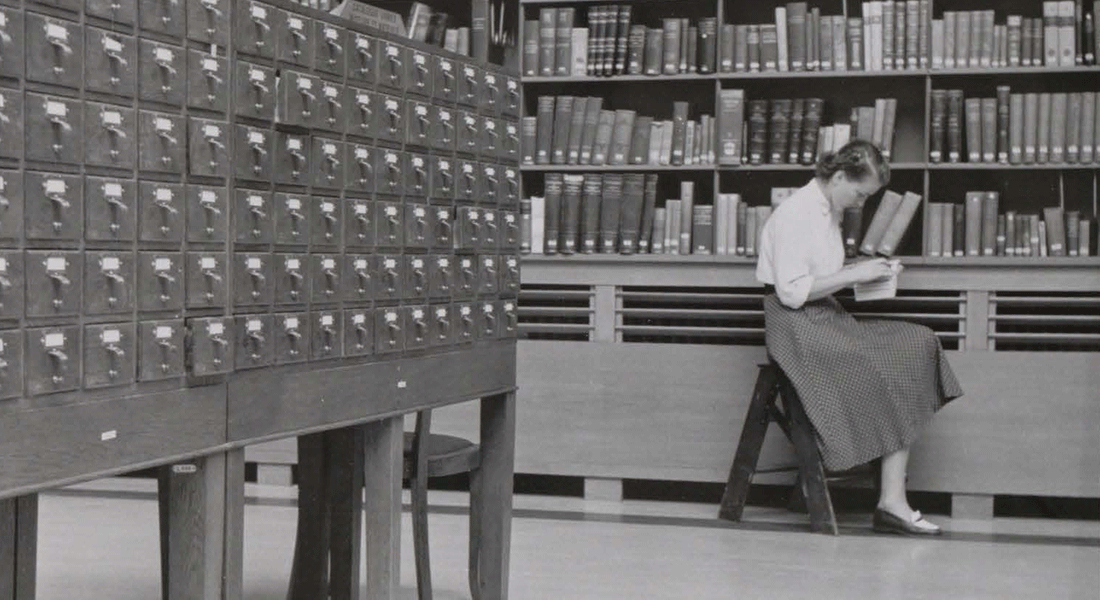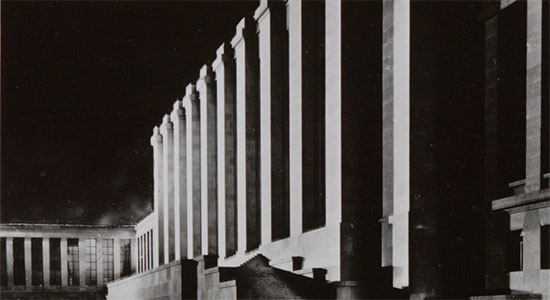Analytical framework
A social-bureaucratic framework
INNER_LEAGUE aims to connect the experiences of the employees within the League Secretariat to the structural emergence of international bureaucracies and institutionalized multilateralism.
Prosopography
Through prosopography – or standardized collective biographical data – one gets a systematic overview of the traits of a social group, such as gender, nationality, age, education, position etc., which then is mapped on to the organizational structure and chronological development of the institution. As a mainstay of social history, prosopography allows us to attack two of the most basic problems in history: how to uncover deeper interests, social and economic affiliations, and the roots for action among actors; and how to reveal social structures and social mobility within groups over time. INNER_LEAGUE will connect large amounts of biographical detail (from personnel files and other material) to uniquely curated prosopographical overviews. This adds analytical scale to the project because we can manoeuvre between the particular and the general, the personal and professional, and between the exceptional and the normal of the workplace.
Biography
The Secretariat was full of people. These were men and women, with complex personal trajectories, multifaceted motivations, and intricate relationships with their workplace. The League Secretariat was, moreover, a globally composed and gender diverse institution. To access their lifeworlds, INNER_LEAGUE is inspired by an anthropological perspective on bureaucrats, seeing them as the (epistemological) ‘natives’ and trying to see the world through their eyes. This fits very well with a biographical methodology, which approaches the lives, thoughts, and deeds of the employees as laboratories of change in their own right. The biography can thus function as an institutional can-opener, as it explores not abstract rules or generic hierarchies, but actual norms and power-relations as practiced by individuals – opening, so to speak, the black box of bureaucracy.
Institutions
These prosopographical and biographical approaches, in turn, are coupled with an analytical sensitivity towards the institutional landscape in which this agency was placed. The League Secretariat was founded upon principles of functional division of labour and international loyalty, but equally structured by more or less formal hierarchies of power-knowledge, ideology, nationality, gender, class, generation, race, and civilization. When we investigate the employee’s freedom and capacity to act, we therefore need to consider it as functionally and spatially specific and as nested in the multiple structuring hierarchies of the organization. But we also need to appreciate the staff of the League as creators of these very bureaucratic structures. Like Eliasian figurations, then, we are equally interested in the dance’s structuring capabilities, as the virtuosity of singular dancers.
In other words, with the social-bureaucratic framework, the employees within the Secretariat, are at the same time (a) analytical sensory tools of the emergence of lasting infrastructures of multilateralism, (b) agents of that very structural change, and (c) products of the bureaucratic and diplomatic norms it ushered in.



